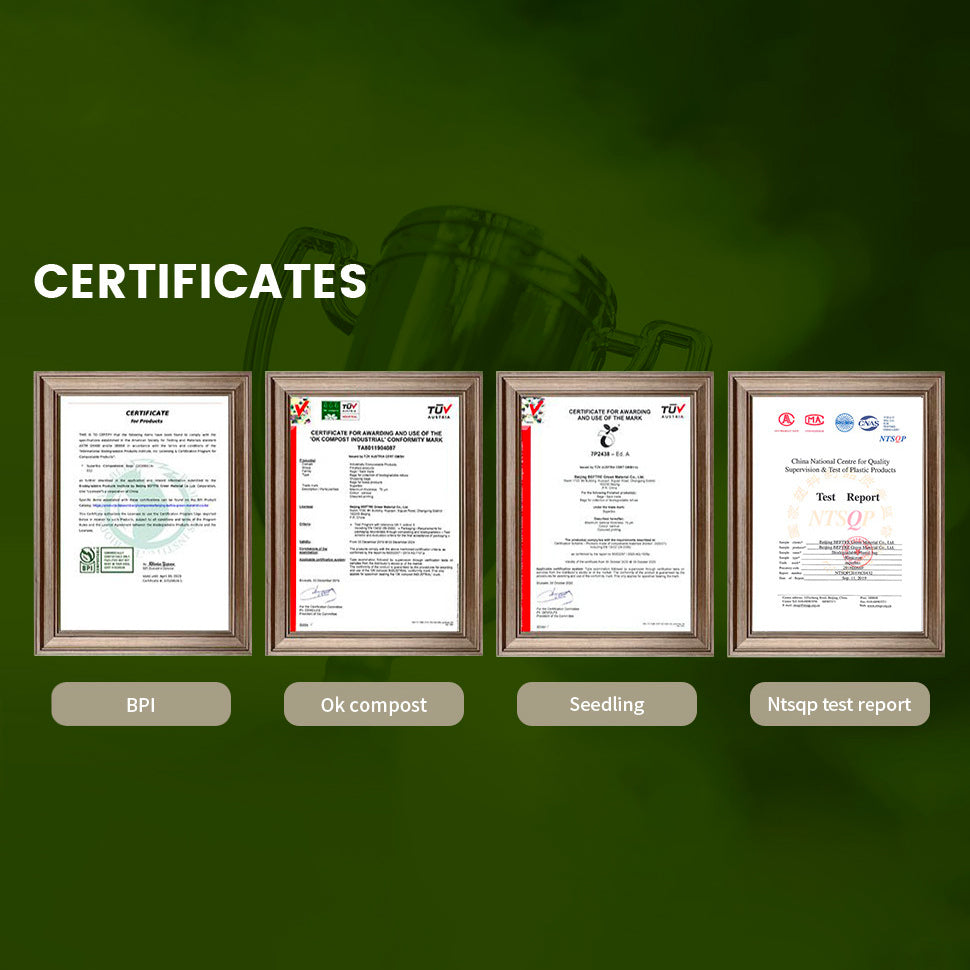Scientists Say Humpbacks Are Trying to Talk to Us Underwater
In oceans across the globe, humpback whales are doing something unexpected. They’re approaching boats, pausing near swimmers, and releasing spinning rings of air into the water—rings that drift upward like giant, underwater smoke signals. According to new research, these bubbles may be more than play. They may be messages.
Whales have long been known for their bubble-making skills. They use them to herd fish, to compete for mates, and to interact with each other. But a new pattern has emerged: solitary whales blowing controlled rings in the presence of humans, without prey or other whales nearby.
These moments are starting to look less like coincidence and more like conversation.

Humpback whales are blowing massive bubble rings toward humans.
The Bubble Ring Phenomenon
A study conducted by researchers from the SETI Institute, UC Davis, and the Alaska Whale Foundation documented 12 such interactions, involving 11 whales and a total of 39 bubble rings. These weren’t accidental bubbles. The whales floated motionless or idled slowly, blowing rings while facing boats or people, often repeating the act to seemingly test reactions.
The behavior was consistent, calm, and focused on the human observers, according to The Independent.
These “smoke rings of the sea” weren’t associated with feeding or mating, as is usually the case. Instead, they appeared to serve a different function—engagement. As Daily Mail reports, the whales did not show fear or aggression. In most cases, the ring-blowing whale was alone, which makes the human presence even more significant.

These bubble rings are not linked to hunting or mating.
A New Kind of Intelligence
This peculiar behavior aligns with previous studies on humpback intelligence. They live in complex societies, use coordinated feeding strategies, and have dialect-rich songs that can travel for miles. But this new behavior suggests something more deliberate. As ABC News reports, these whales may be initiating contact, engaging in a form of non-verbal, non-human communication that challenges our understanding of language and intention.
Fred Sharpe and Laurance Doyle, lead researchers from the WhaleSETI project, believe these whales could be using bubble rings as a way to test the boundaries of interspecies interaction. The similarity to the kind of outreach we expect from extraterrestrial civilizations is not lost on them. SETI’s core hypothesis is that intelligent life elsewhere will be curious, social, and seek communication—traits that are now being observed in humpback whales, Gizmodo reports.

Whales are known for their intelligence and complex societies.
The Twain Encounter
In a separate but related event, a humpback named Twain participated in a 20-minute “conversation” with researchers who played whale contact calls underwater. Twain responded with matching intervals and circled the boat, mirroring the human-initiated sounds. It was a back-and-forth, not unlike the pacing of a casual chat.
The encounter, detailed by Earth.com, was the first of its kind—evidence of intentional, interactive communication using timing, pattern, and acoustic mimicry.

Scientists documented 39 bubble rings from 11 individual whales.
A Mirror in the Deep
The implications ripple far beyond the whales themselves. The WhaleSETI team views this behavior as a model for decoding unfamiliar communication systems—whether they come from the ocean’s depths or from deep space. If we are to recognize alien intelligence one day, it may not speak in structured language or radio signals. It may speak in patterns. In rhythms. In bubbles.
These humpbacks are not just intelligent. They are inquisitive. And they may be trying to tell us something.





























































































































































































































































































































































